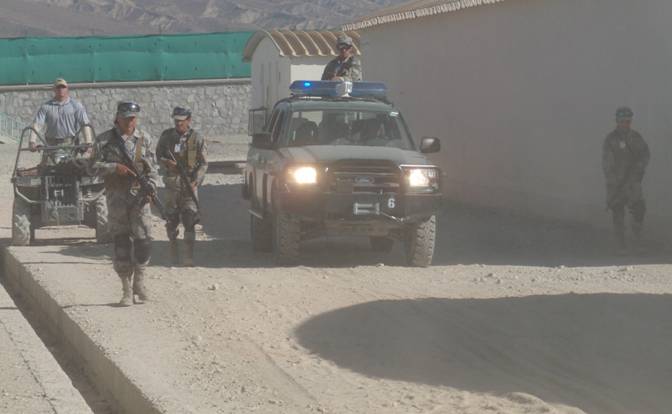
Recent article on Afghan troop size: https://news.yahoo.com/afghan-troop-numbers-drop-sharply-040851162.html
A few points from the article:
- There are now 42,000 less troops reported for the Afghan security forces.
- U.S. has 14,000 troops there
- Of those, 9,000 involved in training, advising and assisting Afghan security forces.
- “The change was part of an effort by the United States and its partners to reduce opportunities for corrupt ANDSF officials to report ‘ghost’ (nonexistent) soldiers and police on personnel rolls in orders to pocket the salaries.”
A few observations:
- Didn’t we have the same issue in Vietnam (1965-1973) with the South Vietnamese Army?
- Our analysis of counterinsurgency efforts focused on force ratios and the political concept behind the insurgency. This does affect the force ratios (see America’s Modern Wars).
- It is good that we are correcting this, but we are in our 18th year of this war. What were we doing the previous 17?
- Does this again establish that: “The real lesson from history is that no one learns any lessons from history.”

It might illustrate that the lessons that a person learns from history get applied by that person within the Kohlberg Stage of Moral Development at which the person is mostly/currently operating. Some will learn lessons from history on how to better pocket salaries (an example of someone operating at Stage 2). During the previous 17 years, “we” were also operating at various stages of moral development (and negotiating among ourselves along with countering each other) to do it “our” way! Read more about it:
https://owlcation.com/social-sciences/Lawrence-Kohlbergs-Six-Stages-of-Moral-Development
https://en.wikipedia.org/wiki/Lawrence_Kohlberg%27s_stages_of_moral_development
http://mdeering.weebly.com/lawrence-kohlberg.html
Western methods of organisation do not seem to work in Afghanistan. The Soviets had the same problem with retention of Afghan troops.